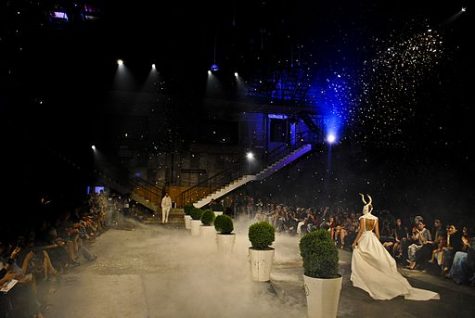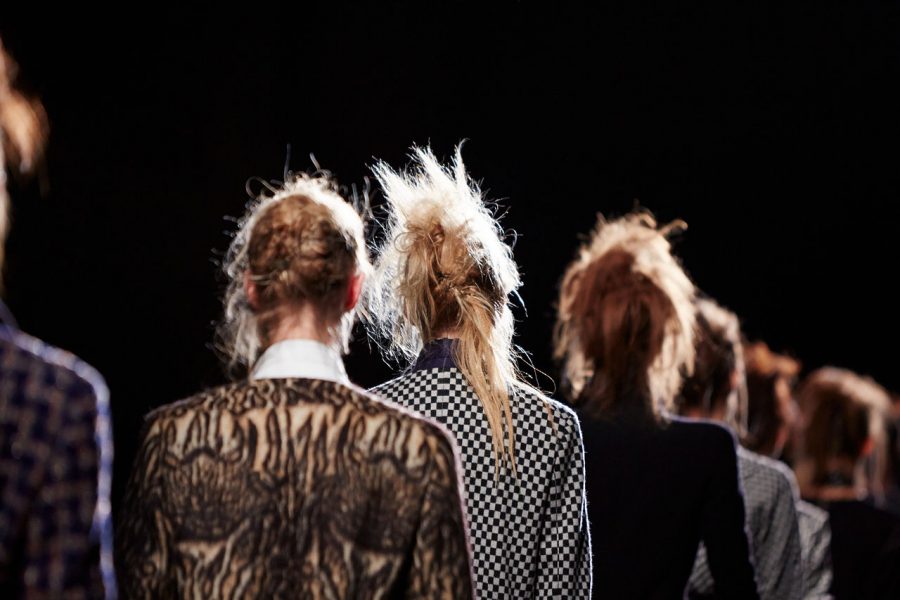The End of Fashion Week
Fashion week, once viewed as an exclusive invitation-only event, has seen many changes in the past few years. The previous exclusivity seems to have been abandoned by many popular shows and designers. Shows are shifting towards a “see-now, buy-now” concept. Now, instead of the traditional show, where the products are displayed six months ahead of their intended release, designers are now showing clothes in season. The clothes are made available for purchase shortly after the runway show. Brands such as Burberry and Tommy Hilfiger have already announced their plans shift to this model, which makes runway fashion much more available to the average person.
The runway has also changed; enterprising new designers like Misha Nonoo have taken their designs to social media. Nonoo’s 2016 spring collection was revealed on Instagram and has just recently she released her current season, 2016 fall collection, on Refinery29’s Snapchat. Ralph Lauren’s show during New York fashion week turned the sidewalk of Madison Avenue into a runway. All pieces on display became available online and in flagship Ralph Lauren stores throughout the world.
So what do all of these changes to fashion week mean? These recent changes to fashion week are not that surprising, considering the global impact social media has had on the availability of collections. Also through social media, icons are more frequently representing and advertising what to wear. It was only a matter of time before designers had to take note of the changes that were happening in the fashion world. However, during this transition period, as Fendi and Chanel’s creative director, Karl Lagerfeld stated, “It’s a mess.”


Keeping it off the chizzain its Ryn, I love acapella singing and chilling at my house. Extremely vain and better than everyone.




Whitney Moran • Oct 18, 2016 at 12:33 pm
This is a great article Ryn! love the idea of the see now buy now!